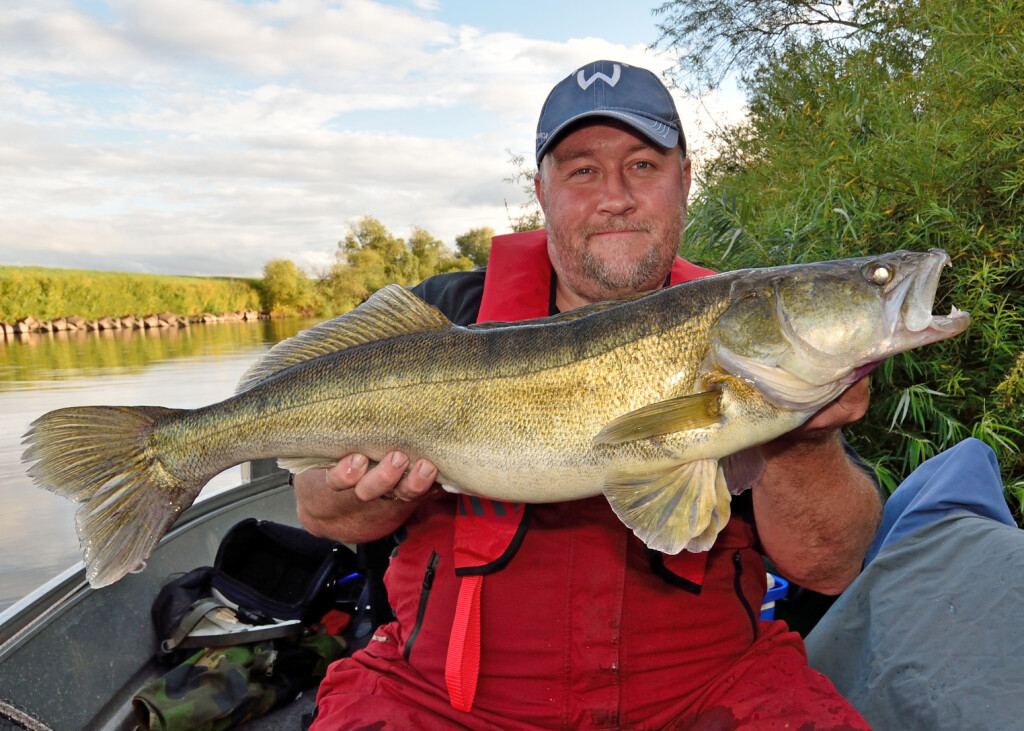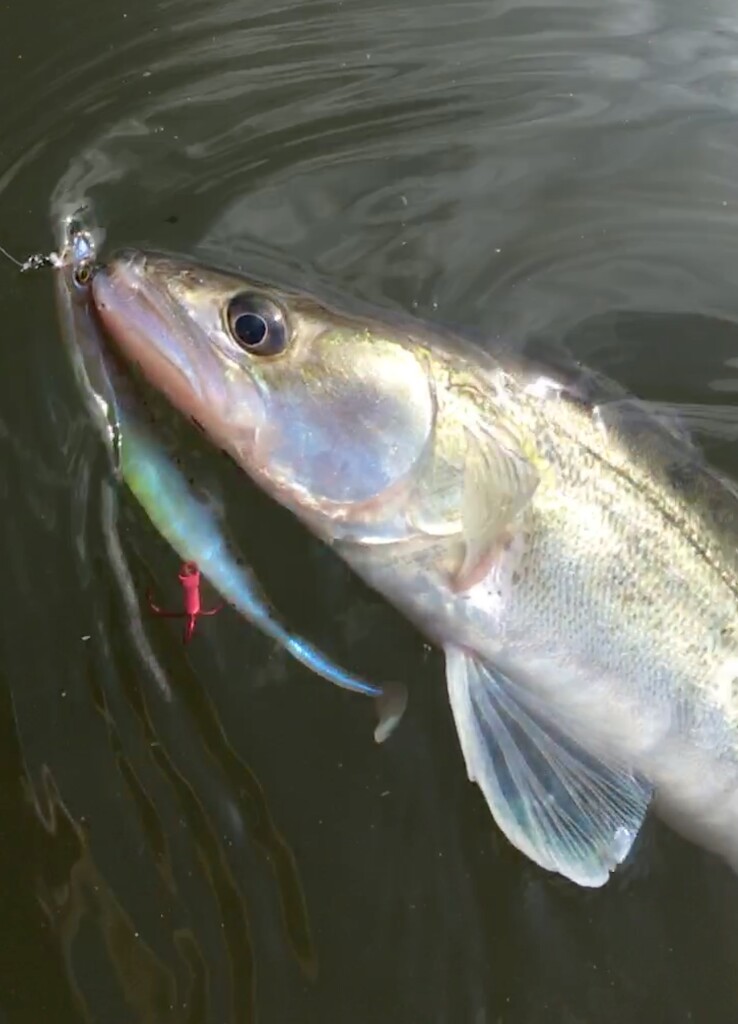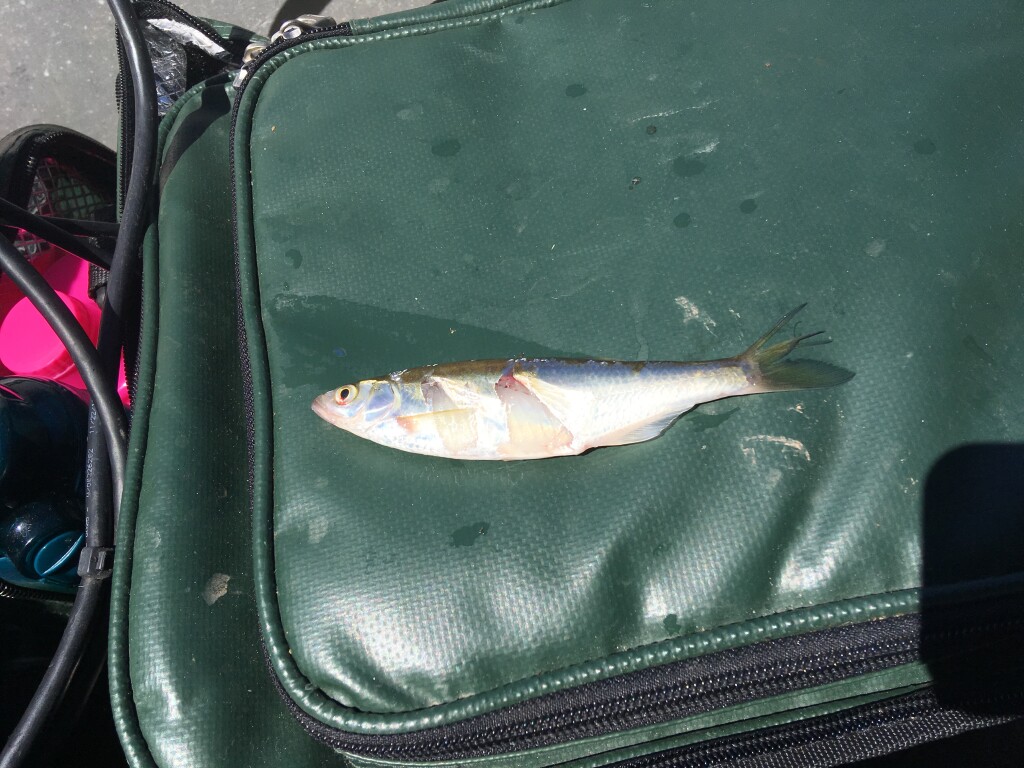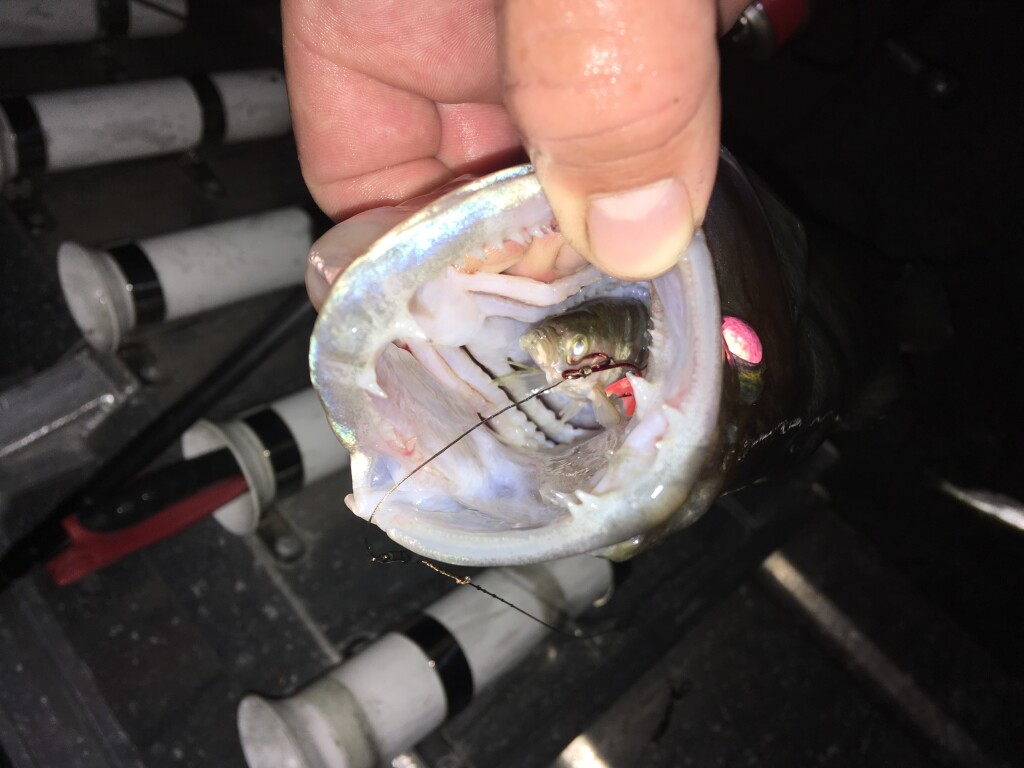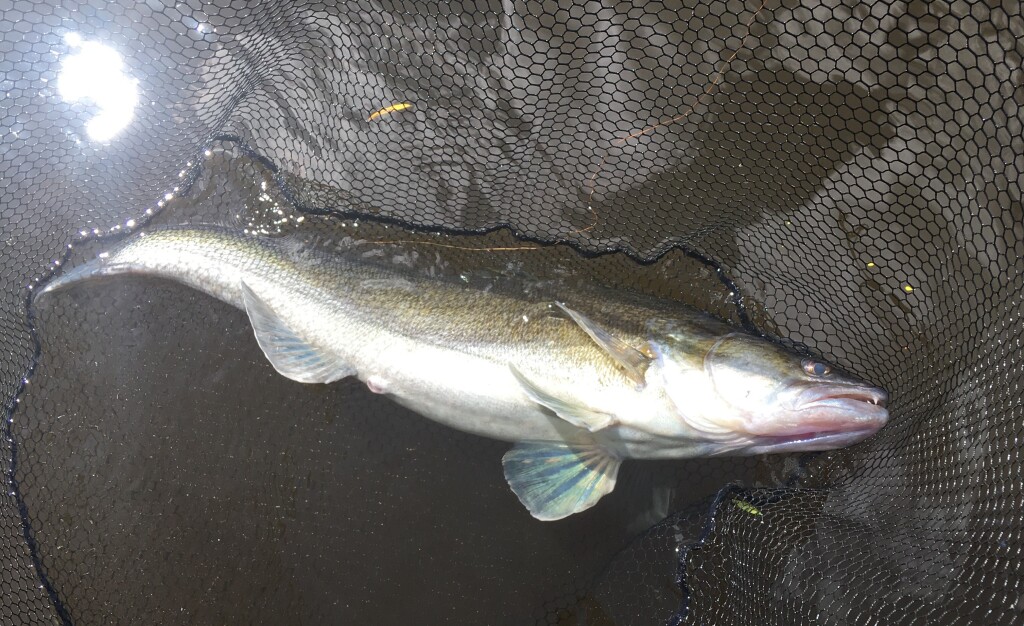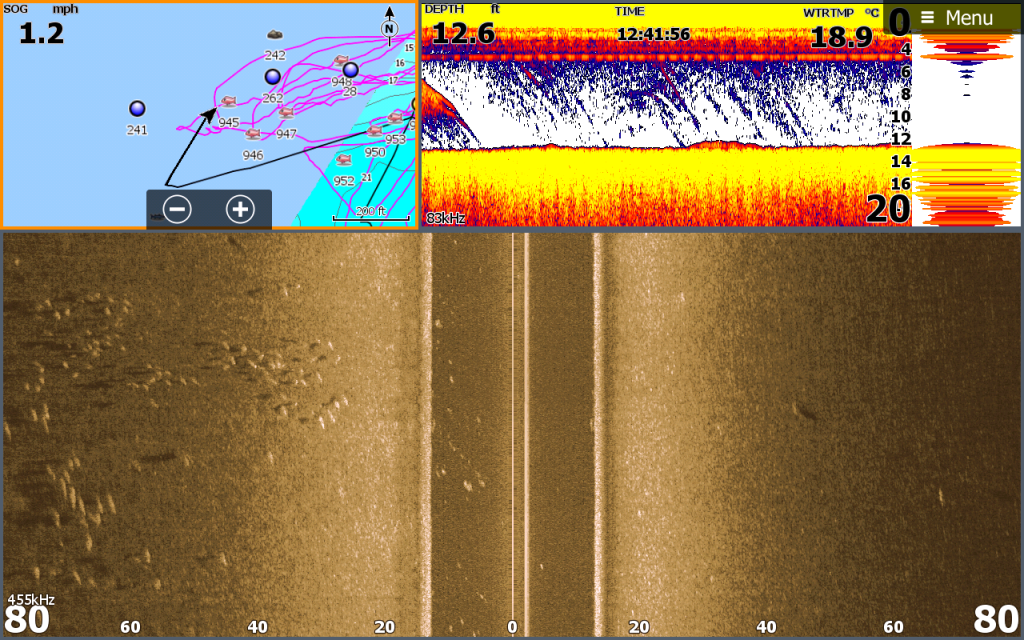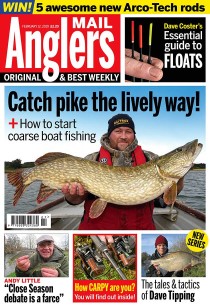Zander Ramblings
I have been going though a Zed Head Phase at the moment, like I often do I get preoccupied with certain species of fish, for the last couple of years its been Pike, before that it was Perch, and previously Zander and I have come full circle now.. Well until its a bit colder when it will be pike time again! Anyway I digress, doing a bit more zander fishing has not only been productive for me, but its given me time to think about a couple of different topics that always come up.
One of the questions I get asked a lot is a variation on “How to catch a big zander” or “I catch a lot of zander but can’t seem to catch a big one”. In most instances the answer is the same, if you are catching a lot of small fish, then you need to move and fish somewhere else. “Schoolie” zander are very rarely present when their big brethren are around, they simply do not mix.
Small zander, in the daytime, are typically found in small groups, usually around features or deep within snags, they feed on smaller prey fish, Gudgeon, Bleak, Bullheads etc. Often if you find a group of these schoolies you can pull several fish from the same spot in quick succession.
As the light levels drop they become more active and move from their lay-up positions and seem to congregate together, with several groups moving at once. This is often misinterpreted at “Pack hunting” it’s not – it is just optimum conditions triggering a lot of fish to go on the feed at once. For the angler it can seem to be something it’s not.
When this happens, and a group of fish come through, it can be fast action for a short period of time, and it’s not uncommon when bait fishing for every rod out to get a take at the same time. The trick here is to get the fish in as quick as possible, and get a fresh bait out – as if they are still around then you will likely get a couple more until they move on.
Another thing smaller or “schoolie” zander do, is pick up and drop baits. This then gets extrapolated to “Zander are finicky” or “Zander are dropping baits because of resistance”. That’s mainly rubbish, what happens is small fish, often really small fish, play with the bait, you will know this has happened by looking at the bait – if you get it back, it will have either small scratch marks on it or a few scales removed. If a big zander takes the bait it will not mess around with it.
The problem with schoolie Zander for a lot of anglers is, because they are catching fish, they assume that at some point a bigger one will come along. Well, you might get a bigger schoolie zander but in my experience you are unlikely to catch a really big one wading through schoolies. This is simply because there is a big difference in what a small zander feeds on and where it likes to be for safety, and where the bigger fish are likely to patrol. Wading through small fish, unless you really like catching them is simply a way of trashing your lures, or having to tie up new traces!
Big zander are found in smaller groups – usually two or three fish, but often they are singular specimens. Another interesting thing I have found is that really big zander (we are talking 15lb + fish) seem to feed at different times to smaller fish. What do I mean by this? Well, I have noticed that every time a really big fish has come out it’s been either the only fish of the day, or one of a couple of fish on a hard day’s fishing. Almost as if all the other zander have switched off, or are in hiding, while the big girls go on the munch. I know it sounds weird – but it has happened a few times now, where the river have been alive with zander a couple of days beforehand, then goes apparently dead and a big fish pops up out of nowhere.
It could be a strange survival strategy that hasn’t been documented, or it could just be a strange set of coincidences, but we do know that big zander will prey on smaller ones. I’ve caught big zander, while playing them, that have taken smaller zander, so maybe it’s not as strange as it sounds.
Zander and Bream shoals – a lot has been written about outsized zander hanging around within or close to big Bream shoals. Now this is a phenomenon that has been documented on Fenland waterways, both from anecdotal evidence of other angling writers, to more scientific evidence from fish surveys using multi-spectrum sonars. However on the bigger, fast flowing, rivers I have yet to find decent sized Zander with Bream shoals, and I have spent quite considerable time fishing around them to check! It is as if that perceived interspecies link doesn’t seem to be there, and think it’s more because of environmental factors than anything else. The Bream on the bigger rivers tend to seek out deeper slower-moving water and spend the majority of their time there, where if I was looking for feeding zander I tend to look for areas with a lot more flow.
I have found the same to be true on the larger reservoirs. On these waters there is very little flow other than water circulation, due to surface drag and maybe intake pumps. Bream shoals are easily found as they tend to be big fish in these waters, but they are rarely accompanied by Zander.
There is still a lot to be learned about Zander, and some of the “law” set down from previous writers is specific to certain environments, and it’s important to realise that most previous writing came from anglers fishing exclusively in the Fenland. To put this into perspective if you went back 15 years it was generally accepted that Zander couldn’t be caught on lures – oh, how times have changed!
